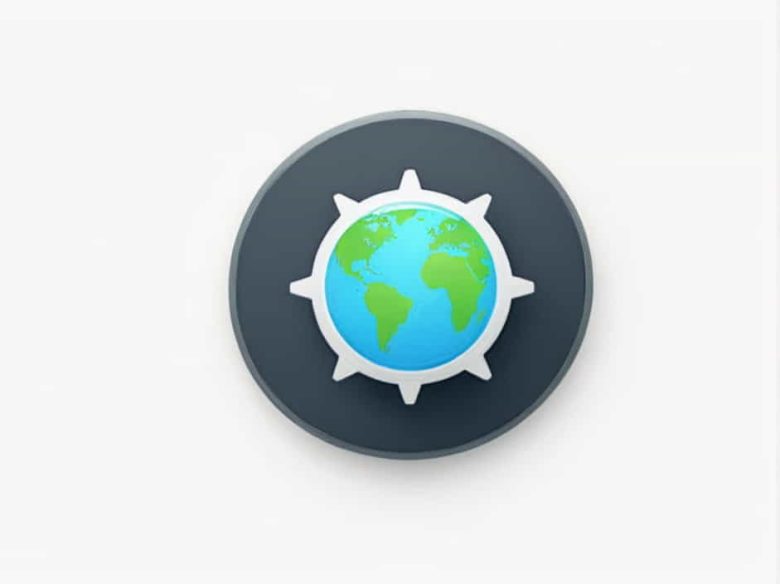The Earth rotates in a counterclockwise direction when viewed from above the North Pole. This rotation is responsible for day and night, weather patterns, and even the Coriolis effect, which influences ocean currents and wind direction. But why does our planet rotate this way? Is it the same for all celestial bodies? Let’s explore the science behind Earth’s rotation, its effects, and whether it could ever change.
What Does “Counterclockwise Rotation” Mean?
When we say the Earth rotates counterclockwise, we mean that if you were floating in space above the North Pole, you would see the Earth spinning from west to east. This is why the Sun appears to rise in the east and set in the west.
From a different perspective, if viewed from above the South Pole, the Earth would appear to rotate clockwise. This shows that the direction of rotation depends on your vantage point.
Why Does the Earth Rotate?
The Earth’s rotation dates back to its formation about 4.5 billion years ago. Here’s why:
1. Formation of the Solar System
- The solar system was formed from a massive cloud of gas and dust.
- As this cloud collapsed under gravity, it began to spin.
- The spinning motion was transferred to the planets, including Earth.
2. Conservation of Angular Momentum
- When a rotating object contracts, it spins faster—like a figure skater pulling in their arms.
- As the early Earth formed, the momentum from the spinning gas cloud was preserved.
- This kept the Earth rotating in the same direction as the original cloud.
Effects of Earth’s Rotation
1. Day and Night Cycle
- The Earth completes one full rotation every 24 hours.
- This rotation causes different parts of the planet to face the Sun at different times.
- As a result, we experience alternating periods of daylight and darkness.
2. The Coriolis Effect
- The Coriolis effect influences wind and ocean currents.
- It causes moving air and water to curve to the right in the Northern Hemisphere and to the left in the Southern Hemisphere.
- This effect plays a crucial role in weather patterns and storm formation.
3. Time Zones and the International Date Line
- Because the Earth rotates from west to east, different parts of the world experience sunrise and sunset at different times.
- To standardize time, the planet is divided into 24 time zones.
- The International Date Line helps keep global timekeeping consistent.
Do Other Planets Rotate Counterclockwise?
Most planets in the solar system, including Earth, rotate counterclockwise when viewed from above the North Pole. However, there are exceptions:
1. Venus (Rotates Clockwise)
- Venus has a retrograde rotation, meaning it spins in the opposite direction of most planets.
- Scientists believe this could be due to a massive collision in its early history.
2. Uranus (Rotates on Its Side)
- Uranus is tilted at an extreme angle, almost rolling along its orbit.
- This could be due to a giant impact during its formation.
Could Earth’s Rotation Ever Change?
While extremely unlikely, there are scenarios where Earth’s rotation could slow down or even change direction:
1. Tidal Interactions with the Moon
- The Moon’s gravitational pull is gradually slowing Earth’s rotation.
- In millions of years, days will become slightly longer.
2. Large Cosmic Impacts
- A massive asteroid impact could alter Earth’s rotation, but this would require an enormous amount of energy.
3. Human Influence?
- While human activities affect climate and the environment, they do not significantly impact Earth’s rotation.
The Earth’s counterclockwise rotation is a fundamental aspect of our planet’s movement, shaping everything from the day-night cycle to weather patterns. This rotation is a result of how our solar system formed and has remained consistent for billions of years. While changes in rotation speed may occur over long periods, Earth’s spin will continue shaping life as we know it.



